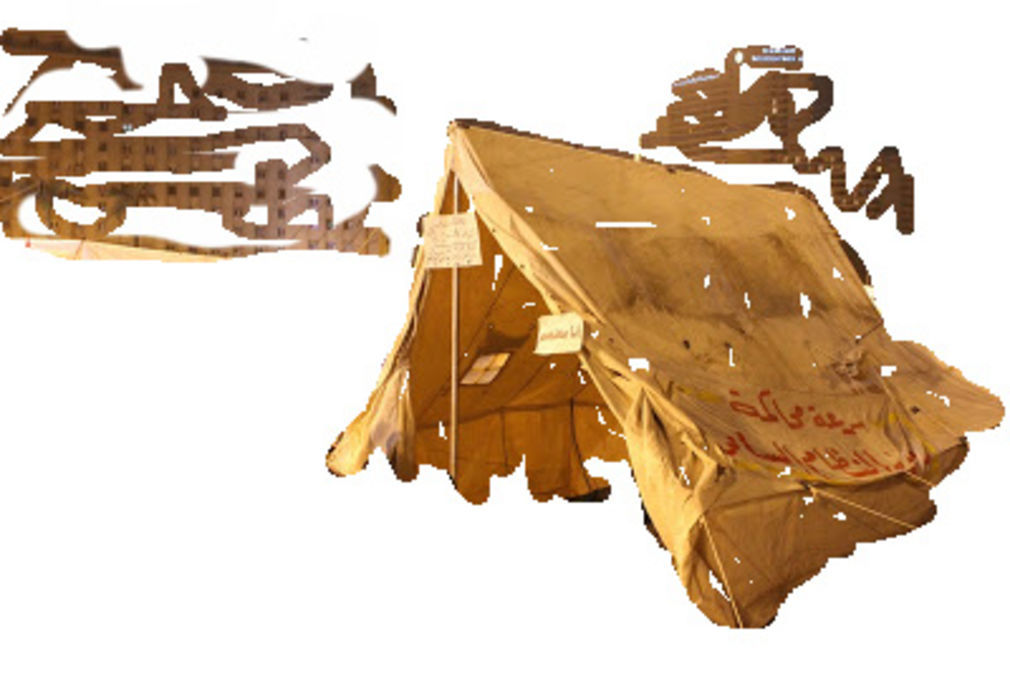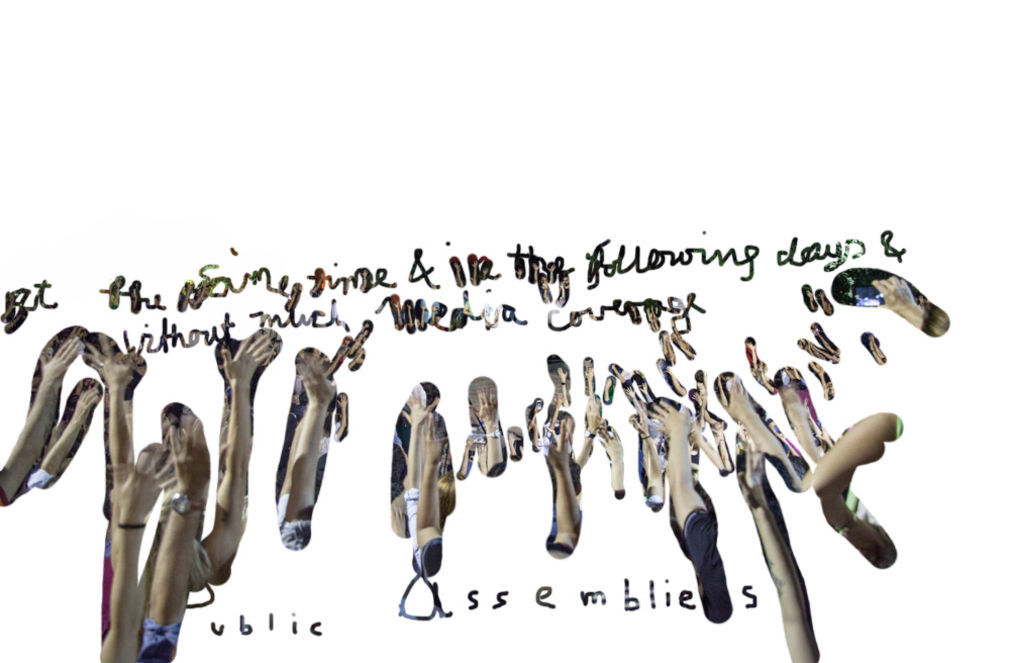Christine Würmell
Image Sharing and Activism
School of Art
Our current world situation within global capitalism--in which "all aspects of life in common [are subordinated] to the laws of the market" (Rancière, 2012)--could be described as lacking in
political vision. At the same time images increasingly operate in and shape all aspects of life, while the internet, which allows access to vastly diverse worlds of images and information, embodies our present paradox—that of a digital realm that produces the 'fantasy' of a functional participatory democracy (a 'true' public realm) and the Orwellian nightmare of a monolithic "surveillance system ... [which is] ... a tool of repression" (Greenwald, 2014). Within and aided by such a networked-world, image sharing-practices have taken on a common role within diverse communities. These new practices are widely believed to be a tool to actively change social reality and the exploration of this claim is central to the project. If, how and what kind of change these tools and practices produce will be explored through a combination of research, theoretical reflection and practical experimentation.
The participatory practice of image-sharing corresponds to a general "desire for collectivity" (Dean, 2014) specifically with regards to the way in which people relate to politics today. Such embodied forms of gathering, on- and offline, imply also a new understanding of Hannah Arendt's notion of the "space of appearance" by assigning the body (instead of only speech) a role in politics (Butler, 2015), and this new understanding is full or theoretical paradoxes and implications to explore.
As with the revolutionary avant-garde of the early twentieth century, the international movement of worker-photography and the Militant Cinema of the 1960s, such movements are based on a perceived urgency to fundamentally transform reality, yet on another plane they have much in common with the contemporary networked world in which reality is turned into images, sets of manipulable digital data available for world-wide circulation by everyone at anytime, and for immediate consumption.
In this "accelerated info-sphere" (Berardi, 2012) documentary images or eye-witness-videos in specific instances can become themselves actors in symbolic and real politics. And this might also mean the foreclosure of the possibilities for an experience of deferral or lags in reception of images/stories from the recent past. And "glancing around ... [might] substitute a view (of the past) ... that had been inspiring the dialectic image." (Aurora Fernández Polanco, 2014).
Hence, instead of the one-directional, educational and emancipatory characteristics of single images which were (often) created by artists (for example the Russian 'Rosta Windows', 1919-1922), the 'undirected' communalization of images through user instantiation and "processes of identification and empathy (or the lack of it)" (Dean, 2014) and their capacity to produce immediate feedback-loops into unfolding political events present a significant shift in the use of images. This means that the circulating digital image, which in the context of social change oscillates (unpredictably) between representing and producing political events, gives a new twist to the old dilemma of the historic avant-garde which is how to respond to the task of not only interpreting the world (differently), but to change it.
Tutor:
- Prof. Dr. Marc Ries

